Cambrian
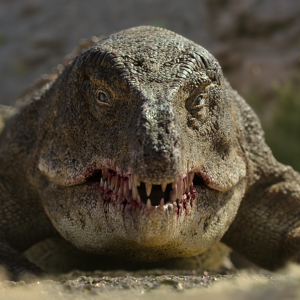
Life On Our Planet
Published on October 25th, 2023 | by David Marshall
We're granted exclusive access to this new Netflix documentary... Read More →

The Ordovician period is a division of earth’s history spanning from around 485 to 443 million years ago, and during which life continued to diversify following the Cambrian ‘explosion’. During the Ordovician, planktonic organisms increased in diversity, corals became common and the first vertebrates flourished. The continents were largely confined to the southern hemisphere, however they were rapidly drifting apart and northwards owing to an increase in production of new ocean crust. The Ordovician was a period of mountain building and volcanism owing to the gradual closing of the Iapetus Ocean, which separated the ancient super-continents of Laurentia and Gondwana. Sea levels reached 200 meters above present during the Ordovician, meaning much of the continental landmasses were flooded by shallow seas. The end of the Ordovician is characterised by severe glaciations contemporaneous with a major drop in sea level and the second largest extinction event in earth’s history.

Published on October 25th, 2023 | by David Marshall
We're granted exclusive access to this new Netflix documentary... Read More →
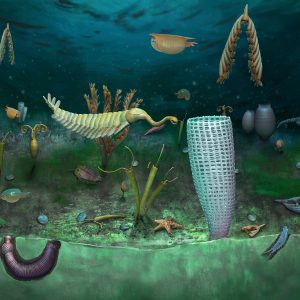
Published on May 1st, 2023 | by David Marshall
We break the news about an exciting new 'Burgess Shale Type' site that's just been discovered in Wales!... Read More →
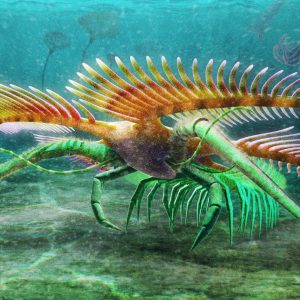
Published on May 16th, 2022 | by David Marshall
Joe Moysiuk joins to plug a hole in the sparse evolutionary record of the marrellomorphs with his newly described species... Read More →
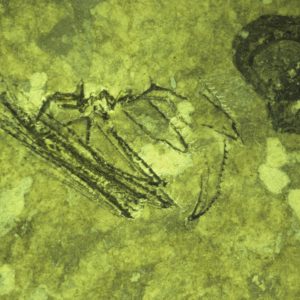
Published on December 18th, 2020 | by David Marshall
We consider the unique taphonomy of the Soom Shale biota with Prof. Sarah Gabbott... Read More →
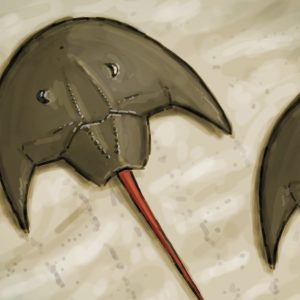
Published on July 31st, 2020 | by David Marshall
Dr Russell Bicknell joins to examine the evolutionary history of the horseshoe crabs... Read More →
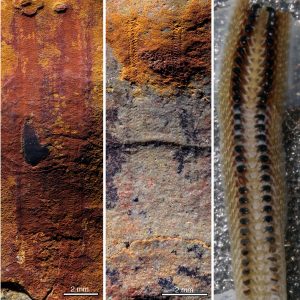
Published on February 6th, 2017 | by Guest Blogger
Molluscs are among the most disparate of the animal phyla. They range from the incredibly complex squids and octopods, which have acute vision and can even be intelligent enough to use tools, to very simple and [&hellip... Read More →
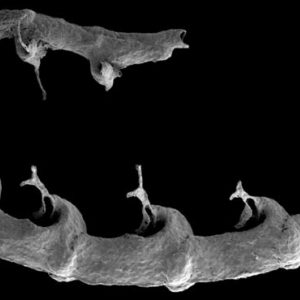
Published on October 15th, 2016 | by Laura Soul
Graptolites are small colonial organisms, each made up of many tiny, genetically identical zooids joined together by tubes. They’ve been around since the Cambrian and at times in Earth’s history have been very morphologically and taxonomically [&hellip... Read More →
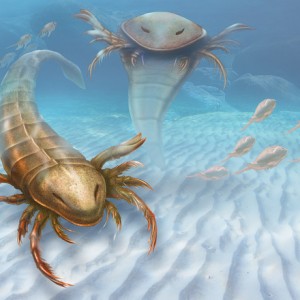
Published on September 1st, 2015 | by David Marshall
Eurypterids, or ‘sea-scorpions’ are an extinct group of chelicerates: the group containing the terrestrial arachnids (such as spiders and scorpions) and the aquatic ‘merostomes’ (represented today solely by the horseshoe crabs). They bear a gross-morphological resemblance [&hellip... Read More →
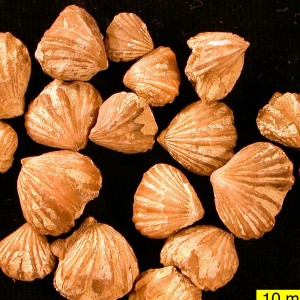
Published on February 1st, 2015 | by David Marshall
Brachiopods are some of the most common fossils to be found in rocks worldwide. Their thick, hard and (often) calcareous shells make them preferentially preserved in the fossil record. We probably all have found one, but [&hellip... Read More →
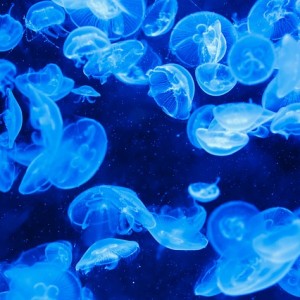
Published on June 1st, 2014 | by David Marshall
One of the longest-ranging and outwardly primitive-looking groups of animals on the planet are the Medusozoa. In consisting of around 95% water, it may be surprising to know that there is a fossil record of jellyfish, [&hellip... Read More →